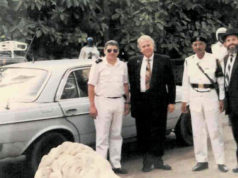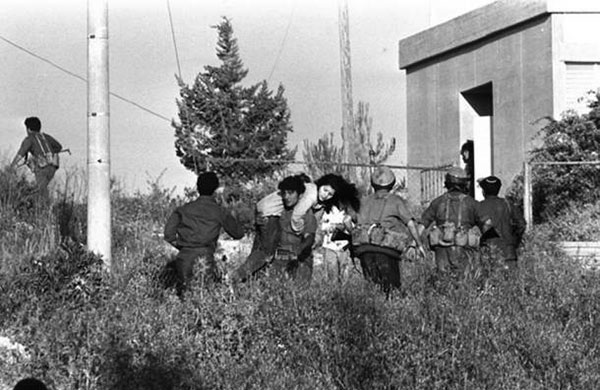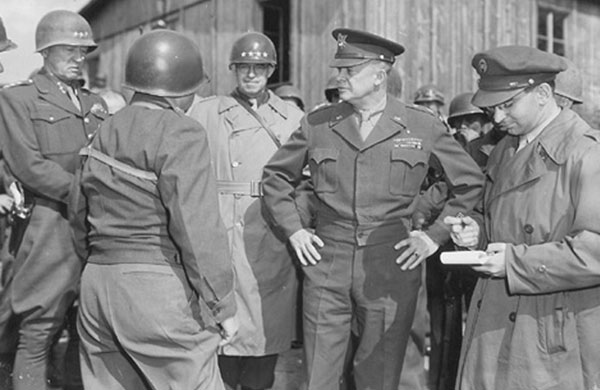
The long lost diary of Alfred Rosenberg, a Nazi Reich minister who was convicted at Nuremberg and hanged in 1946, has surfaced in an upstate New York home. It promises new insights into dealings between top Nazi officials and specific information about the looting of Jewish-owned art. Some 400 pages from the Rosenberg Diary could offer new details about meetings he had with Hitler and other Nazi leaders, including Heinrich Himmler and Herman Göring. The pages also include details about the German occupation of the Soviet Union and chilling plans for the slaughter of Jews and other Eastern Europeans. The diary vanished after the war crimes trials, and recently turned up in papers held by a one-time secretary to a Nuremburg prosecutor.
The documentation is of considerable importance for the study of the Nazi era. A cursory content analysis indicates that the material sheds new light on a number of important issues relating to the Third Reich’s policy. It will be an important source of information to historians.

The diary contains Rosenberg’s recollections from spring 1936 to winter 1944. Among the insights into the German high command are details about the crisis caused by Rudolf Hess’ flight to Britain in 1941, and the looting of art throughout Europe.
Rosenberg directed the Nazi party’s foreign affairs department, edited the Nazi newspaper and directed the systematic Nazi looting of Jewish art, cultural and religious property throughout Europe. Several memos he wrote directly to Hitler were entered into evidence at Nuremberg.

A Nuremberg prosecutor, Robert Kempner, was long suspected of smuggling the diary back to the US. Indeed, Kempner cited a few Rosenberg diary excerpts in his memoir, and when he died in 1993, legal disputes about his papers raged for nearly a decade between his children, his former secretary, a local contractor and the Holocaust museum.



